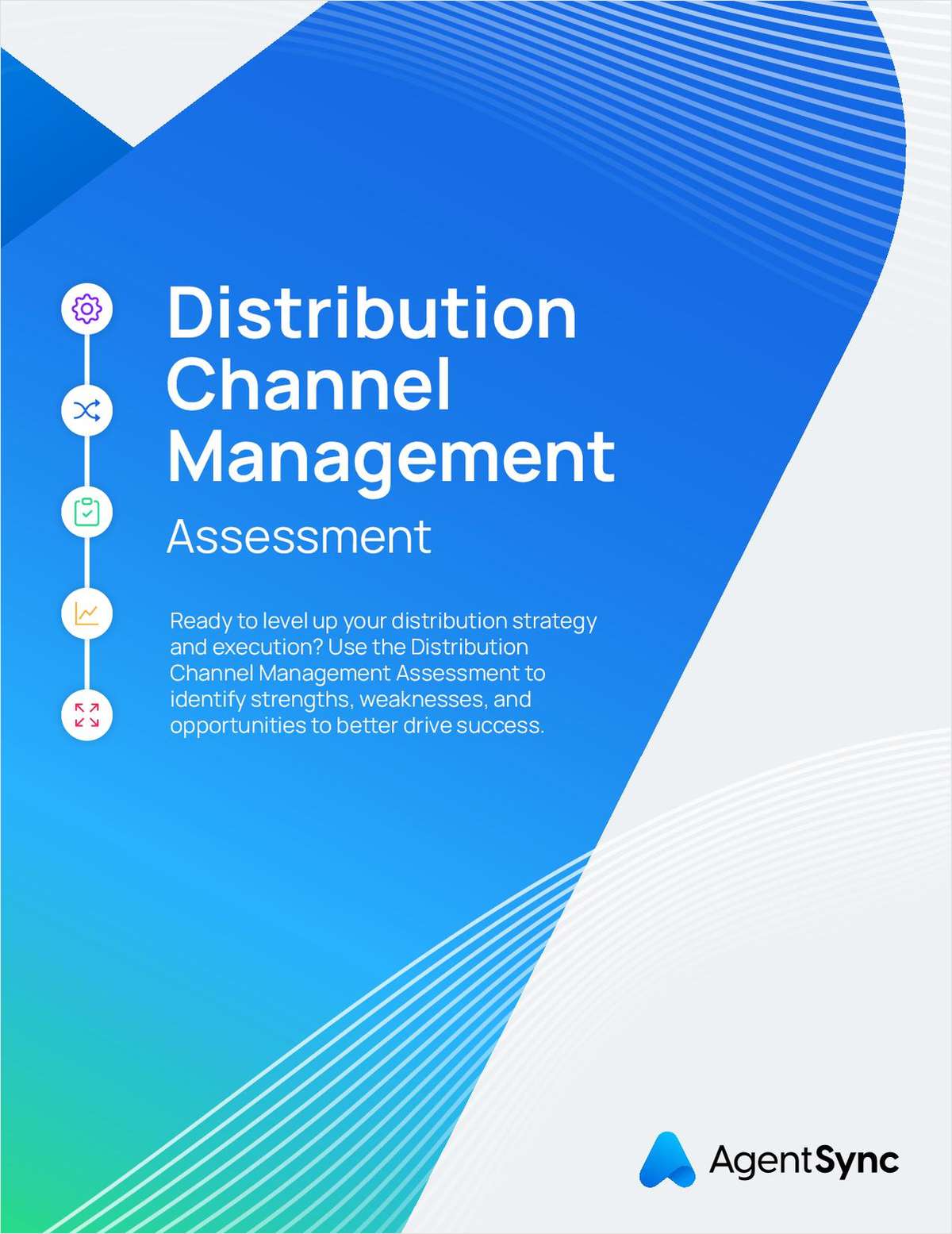As America's real estate crisis recovers along with our economy, more than 14 million properties remain vacant or abandoned across the country. Real estate is considered a vacant property when it is not currently occupied or in use. This includes empty lots as well as structures.
Cities like Detroit, Cleveland and Las Vegas are dealing with thousands of undeveloped lots, empty houses and even entire neighborhoods, as well as commercial, retail and industrial properties. This has resulted in an increase in crime and lower property values for surrounding areas. Local communities left to care for these properties by default do not have the time or resources to keep the properties in good condition, thus causing an increase in exposure to risks like vandalism, fire, theft and water damage. In turn, these risks hinder the possibility of resale and revitalization in the future as economic conditions continue to improve, leading to possible setbacks throughout our communities.
Several environmental risks are associated with all types of vacant properties. Older buildings may have existing asbestos insulation and tiles, as well as lead paint and lead piping. All buildings constructed before 1980 have the potential to contain both asbestos-containing materials and lead-based paint. Leaking heating oil tanks, pipes and appliances are prevalent, as well as any chemicals or lubricants stored on premises in garages or sheds.
Want to continue reading?
Become a Free PropertyCasualty360 Digital Reader
Your access to unlimited PropertyCasualty360 content isn’t changing.
Once you are an ALM digital member, you’ll receive:
- Breaking insurance news and analysis, on-site and via our newsletters and custom alerts
- Weekly Insurance Speak podcast featuring exclusive interviews with industry leaders
- Educational webcasts, white papers, and ebooks from industry thought leaders
- Critical converage of the employee benefits and financial advisory markets on our other ALM sites, BenefitsPRO and ThinkAdvisor
Already have an account? Sign In Now
© 2024 ALM Global, LLC, All Rights Reserved. Request academic re-use from www.copyright.com. All other uses, submit a request to [email protected]. For more information visit Asset & Logo Licensing.








